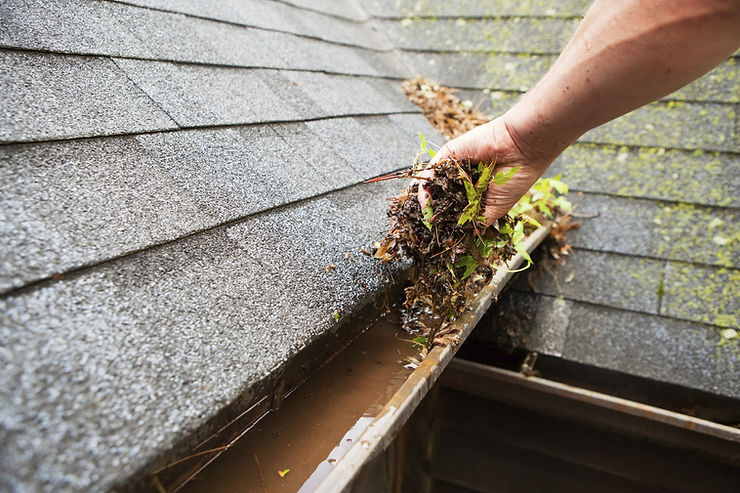
Erosion is a significant challenge faced by many landscapes, particularly on slopes. The loss of topsoil due to erosion not only impacts the health and stability of the land but can also have detrimental effects on surrounding ecosystems. Thankfully, nature provides us with a solution – native plants. By strategically planting the right species on slopes, we can effectively combat soil erosion and promote a healthier environment. In this blog, we will explore the top five native plants to plant on slopes to prevent soil erosion and discuss the importance of planting on slopes.

Lomandra longifolia (Spiny-headed Mat-rush): Native to Australia, Lomandra longifolia is an excellent choice for slope planting. With its long, strap-like leaves and deep root system, it creates a dense mat that helps stabilise the soil. Its ability to withstand different soil conditions and adapt to various climates makes it a reliable erosion control option.

Dianella revoluta (Flax Lily): Another Australian native, Dianella revoluta, is a clumping perennial grass-like plant. Its fibrous root system aids in binding the soil, preventing erosion. With its attractive foliage and delicate blue to purple flowers, it adds aesthetic appeal to slopes while providing essential erosion control.

Banksia integrifolia (Coastal Banksia): Banksia integrifolia is a coastal native that thrives in sandy soils, making it ideal for planting on slopes near the coast. Its deep roots and dense growth habit make it an excellent choice for stabilising the soil. Additionally, its unique, cone-shaped flower spikes attract native birds, adding beauty and biodiversity to the landscape.

Acacia longifolia (Sydney Golden Wattle): Acacia longifolia, commonly known as Sydney Golden Wattle, is a fast-growing native shrub with attractive, fern-like foliage and vibrant yellow flowers. Its extensive root system assists in soil stabilisation on slopes, preventing erosion. This plant also acts as a nitrogen-fixing species, improving soil fertility in the process.
Leptospermum scoparium (Tea Tree): Leptospermum scoparium, or Tea Tree, is a versatile native plant known for its hardiness and resilience. Its fine, needle-like leaves and dense growth habit create an effective barrier against erosion. Tea Tree's ability to tolerate various soil types, including poor soils, and its ability to handle harsh conditions make it a valuable slope planting choice.
Importance of Planting on Slopes:
Soil Stabilisation: Planting native species on slopes helps stabilize the soil by binding it with their extensive root systems. This reduces erosion caused by water runoff, preserving the integrity of the landscape.
Erosion Prevention: Slope planting prevents the loss of precious topsoil, which is vital for supporting plant growth and maintaining soil fertility. By protecting the soil, we ensure its long-term productivity and sustainability.

Biodiversity and Habitat Creation: Native plants attract a variety of beneficial insects, birds, and other wildlife. By establishing plant communities on slopes, we contribute to biodiversity conservation and provide habitats for native species.
Water Regulation: Slope planting helps regulate water flow by slowing down the movement of water, reducing the risk of flash floods and erosion downstream. The plants act as natural sponges, absorbing and filtering water, thereby promoting healthy water management.
Aesthetic Appeal: Planting native species on slopes enhances the visual appeal of the landscape. With their unique foliage, attractive flowers, and seasonal changes, these plants add beauty and character to the environment.
By planting native species on slopes, we can effectively combat soil erosion while creating visually






















Terms & Conditions · Privacy Policy